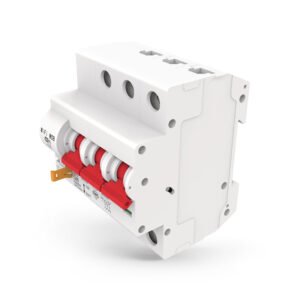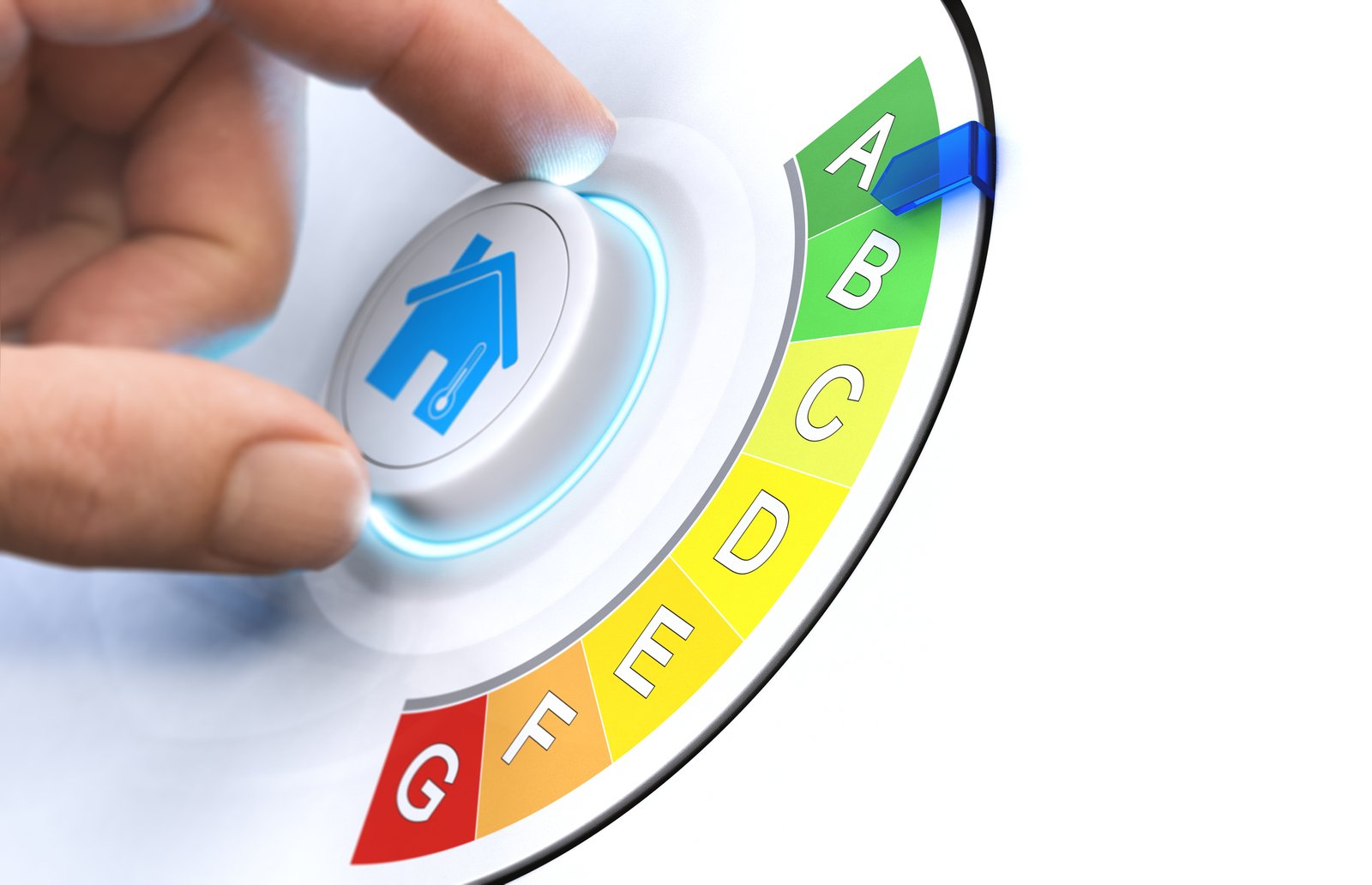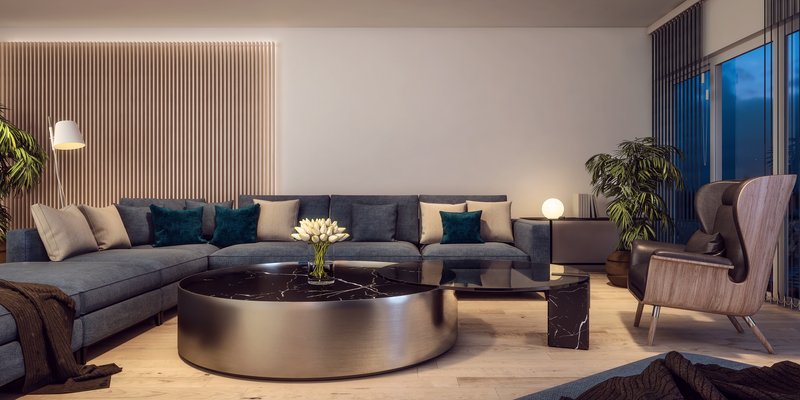Smart Home Energy Efficiency
In today’s environmentally conscious and economically savvy landscape, the importance of home energy efficiency cannot be overstated.
Smart home technologies include devices like smart thermostats, energy monitoring systems, automated lighting and curtains controls that help homeowners optimize energy use while maintaining comfort and convenience.
Personal habits and daily routines play a crucial role in energy conservation, which can be augmented by smart home automation.

The Role of Smart Thermostats
Smart thermostats are at the forefront of enhancing home energy efficiency. These devices leverage advanced algorithms to learn and adapt to your temperature preferences, ensuring optimal comfort while minimizing energy use. With features like:
Remote Access: Control your HVAC system from anywhere.
User-Friendly Interfaces: Simplify adjustments and scheduling.
Learning Capabilities: Adapt to your habits for better efficiency.
Energy Savings: Reduce your energy bills with intelligent heating and cooling.
Energy Monitoring and Management Solutions
Advancements in smart home technology have made it easier than ever to monitor and manage energy usage. Smart thermostats, energy monitoring systems, and automated lighting controls allow homeowners to optimize energy efficiency while maintaining comfort and convenience.
By utilizing these systems, homeowners can gain insights into their energy patterns and identify areas for improvement. Trade-offs in smart home energy management involve balancing cost reduction with consumer satisfaction, which is addressed through multi-objective optimization for optimal load scheduling.
- Monitor electricity consumption in real-time.
- Intelligent decisions regarding energy management can conserve energy and prolong service life for devices.
- Understanding trade-offs is crucial for minimizing conflicts between energy provision and climate change mitigation.

Understanding the energy impact of our habits is crucial. Below is a list of common daily activities and their potential for energy savings:

- Using smart switches and ocupency sensors to tune off lights when leaving a room.
- Setting automation for outdoor lighting to turn on at sunset, & turn off at midnight.
- Using smart sockets & plugs to turn-off devices that are not in use to avoid ‘vampire’ energy loss.
- Using smart thermostat.
- Using energy-efficient appliances and smart LED bulbs.
- Setting simple automation on water heater (Morning 30 minutes).
By integrating these devices into your smart home ecosystem, you can create a more energy-efficient environment that saves money and reduces your carbon footprint.

Integrating Smart Lighting with Other Energy-Efficient Technologies
Smart lighting systems are not standalone marvels but integral components of a comprehensive energy-efficient home ecosystem. By syncing with devices like smart thermostats, smart lighting can adapt to your daily routines, ensuring lights are used optimally alongside heating and cooling systems for maximum energy savings.
The synergy between smart lighting and other technologies is evident in the way they communicate. For instance, occupancy sensors can trigger lights to turn off when a room is unoccupied, while daylight harvesting sensors adjust indoor lighting based on the amount of natural light available, further reducing energy usage
Embracing smart lighting as part of a broader energy-saving strategy not only lowers utility bills but also fosters environmental stewardship. It’s a proactive step towards a more sustainable and conscious lifestyle.
Some practical energy-saving tips for smart lighting users:
- Utilize smart controls to set schedules and scenes.
- Adjust brightness and color to suit different times of the day.
- Integrate with natural light to minimize artificial lighting.
- Use occupancy sensors to automate lighting based on room usage.
Smart curtains and blinds offer various ways to save energy at home:
Smart curtains offer a convenient and effective way to save energy by optimizing natural light utilization, improving thermal insulation, and integrating seamlessly into smart home ecosystems for comprehensive energy management.

Automated Control: Smart curtains can be programmed to open and close at specific times of the day, aligning with natural light cycles. This automation reduces the need for artificial lighting during daylight hours, thus lowering energy consumption.
Temperature Regulation: By closing during hot summer days, smart curtains can block out sunlight, preventing rooms from heating up excessively. Conversely, during colder periods, they can be programmed to open and allow sunlight to warm up the room naturally, reducing the reliance on heating systems.
We aim to provide innovative solutions that enhance efficiency, productivity, and overall quality of life.
